In the realm of strength training, the hip belt squat machine has emerged as a revolutionary tool for athletes and fitness enthusiasts alike. Offering a unique approach to squatting, this equipment targets the lower body effectively while minimizing strain on the spine. Whether you're looking to enhance your leg power, improve core stability, or diversify your workout routine, the hip belt squat machine could be the game-changer you've been searching for.
What is a Hip Belt Squat Machine?
The hip belt squat machine is a specialized piece of gym equipment designed to facilitate squatting movements without the need for a traditional barbell. Unlike conventional squats, where the weight rests on the shoulders, the hip belt squat machine utilizes a belt that wraps around the hips, allowing users to bear the load directly on their midsection. This setup not only shifts the center of gravity but also reduces the compressive forces on the spine, making it an excellent alternative for those with back concerns.
Benefits of Using a Hip Belt Squat Machine
-
Spinal Relief and Safety: By transferring the weight to the hips, this machine significantly decreases the load on the lower back. This makes it an ideal option for individuals recovering from back injuries or those looking to prevent spinal strain during heavy lifting.
-
Enhanced Lower Body Activation: The hip belt squat machine targets key muscle groups, including the quadriceps, hamstrings, glutes, and calves. The stable positioning encourages balanced muscle engagement, promoting overall lower body strength.
-
Improved Core Stability: Maintaining balance while using the hip belt squat machine engages the core muscles more intensely. This not only aids in better squat performance but also contributes to a stronger, more stable core.
-
Versatility in Training: Suitable for various training programs, the hip belt squat machine can be integrated into strength training, hypertrophy routines, and even rehabilitation programs. Its adaptability makes it a valuable addition to any gym setting.
-
Reduced Risk of Injury: By eliminating the need to support weight on the shoulders, the hip belt squat machine lowers the risk of common squat-related injuries, such as shoulder strains and lower back pain.
How to Use the Hip Belt Squat Machine Effectively
-
Proper Setup: Begin by adjusting the hip belt to fit snugly around your hips. Ensure that the machine's weight stack is set to an appropriate level based on your strength and fitness goals.
-
Body Positioning: Stand upright with your feet shoulder-width apart. The belt should rest comfortably on your hips, allowing free movement without restricting your range of motion.
-
Executing the Squat: Lower your body by bending your knees and hips, keeping your chest up and back straight. Descend until your thighs are parallel to the ground or as per your flexibility. Push through your heels to return to the starting position, engaging your glutes and quadriceps.
-
Breathing Technique: Inhale as you lower into the squat and exhale while pushing back up. Proper breathing enhances performance and maintains intra-abdominal pressure, supporting your spine.
-
Progressive Overload: Gradually increase the weight to continue challenging your muscles. Consistent progression is key to building strength and muscle mass effectively.
Comparing Hip Belt Squat Machine to Traditional Squats
While both exercises target the lower body, the hip belt squat machine offers distinct advantages over traditional barbell squats:
-
Spinal Load: Traditional squats place significant stress on the spine, whereas hip belt squats minimize this by shifting the load to the hips.
-
Accessibility: Individuals with shoulder or upper back limitations may find hip belt squats more accessible and comfortable.
-
Muscle Isolation: Hip belt squats allow for more focused activation of the lower body muscles without the added complexity of upper body stabilization.
However, traditional squats still hold value for overall functional strength and athletic performance. Incorporating both exercises into your routine can provide a well-rounded approach to lower body training.
Ideal Users for the Hip Belt Squat Machine
-
Athletes: Enhance leg power and stability without compromising spinal health.
-
Rehabilitation Clients: Suitable for those recovering from lower back injuries or surgeries.
-
Strength Enthusiasts: Those seeking to diversify their workout and target muscles differently.
-
Beginners: Individuals new to squatting can benefit from the controlled environment the machine provides.
Maintenance and Safety Tips
-
Regular Inspection: Ensure the machine's components, especially the belt and weight stack, are in good condition. Look out for wear and tear that could compromise safety.
-
Proper Adjustment: Always adjust the belt and machine settings to fit your body size and strength level before use.
-
Controlled Movements: Perform squats with controlled tempo to maintain balance and prevent sudden jerks that could lead to injury.
-
Spotter Assistance: When lifting heavy weights, having a spotter can provide additional safety and confidence.
-
Cleanliness: Keep the machine clean to ensure smooth operation and hygiene, especially in shared gym environments.
Conclusion
The hip belt squat machine stands out as a versatile and effective tool for enhancing lower body strength while prioritizing spinal health and overall safety. Its ability to target key muscle groups, improve core stability, and reduce injury risks makes it a valuable addition to any fitness regimen. Whether you're an athlete aiming for peak performance, someone recovering from an injury, or a fitness enthusiast looking to diversify your workouts, the hip belt squat machine offers a robust solution to achieve your strength training goals.
Embrace the innovation of the hip belt squat machine and take your lower body training to new heights with enhanced safety and efficiency.


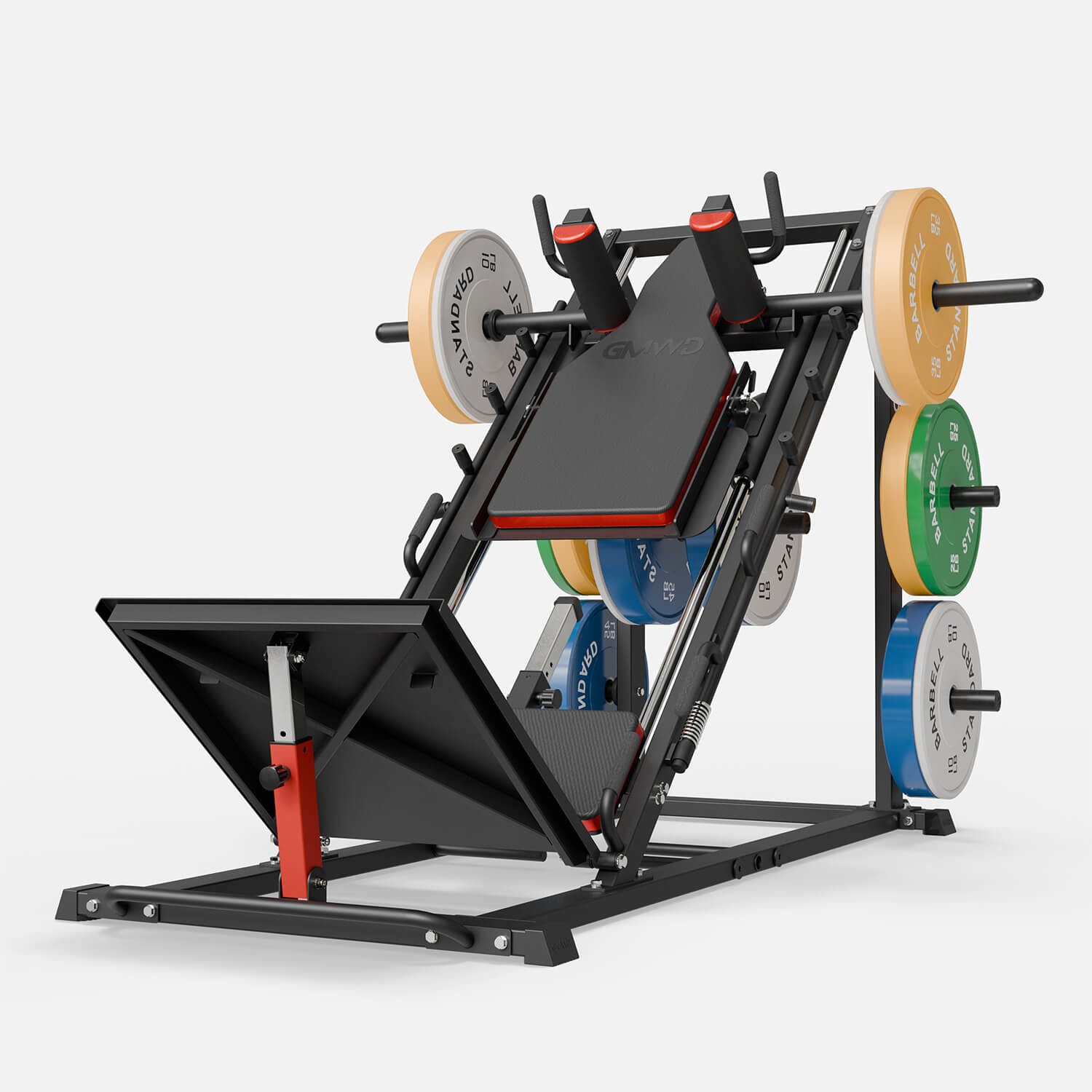
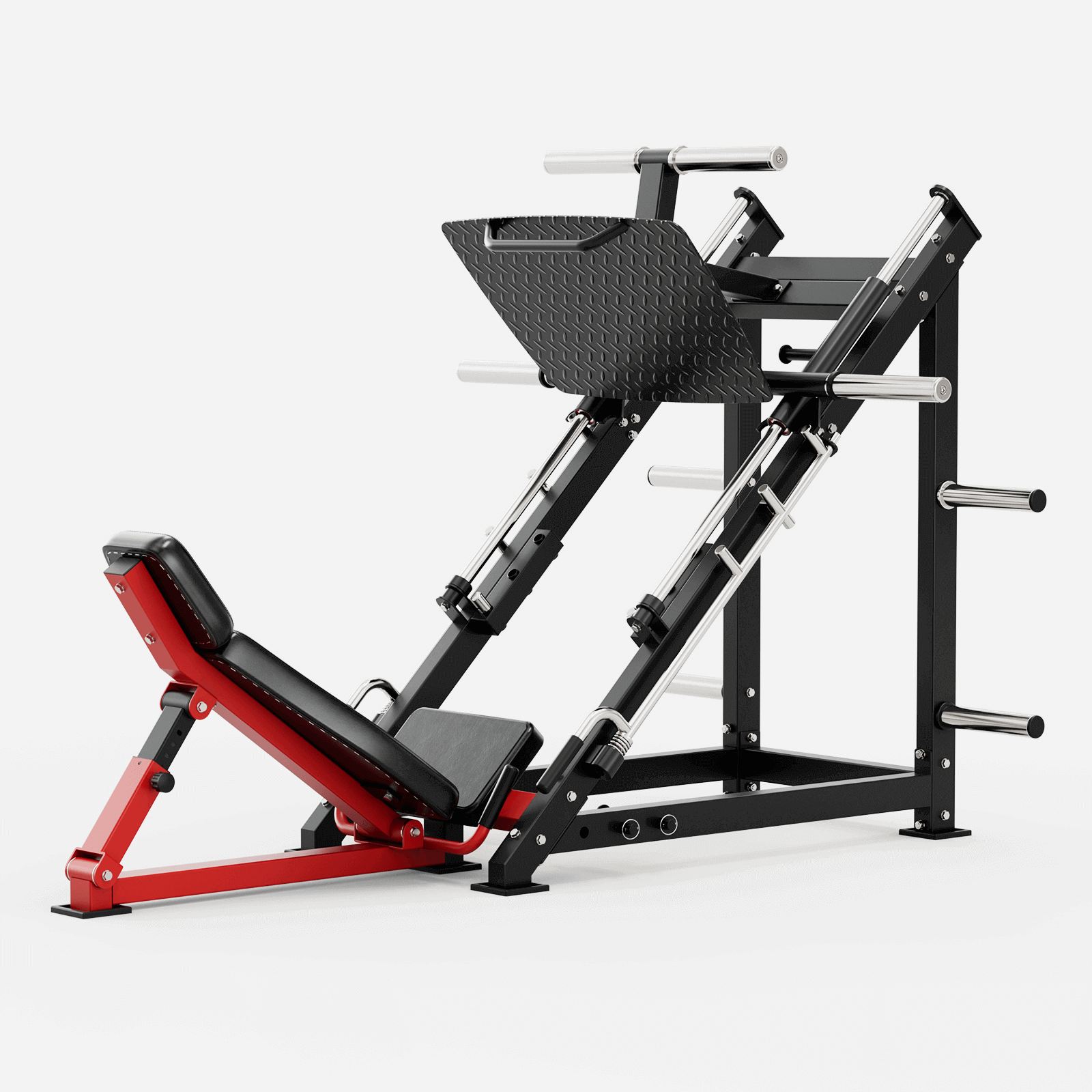
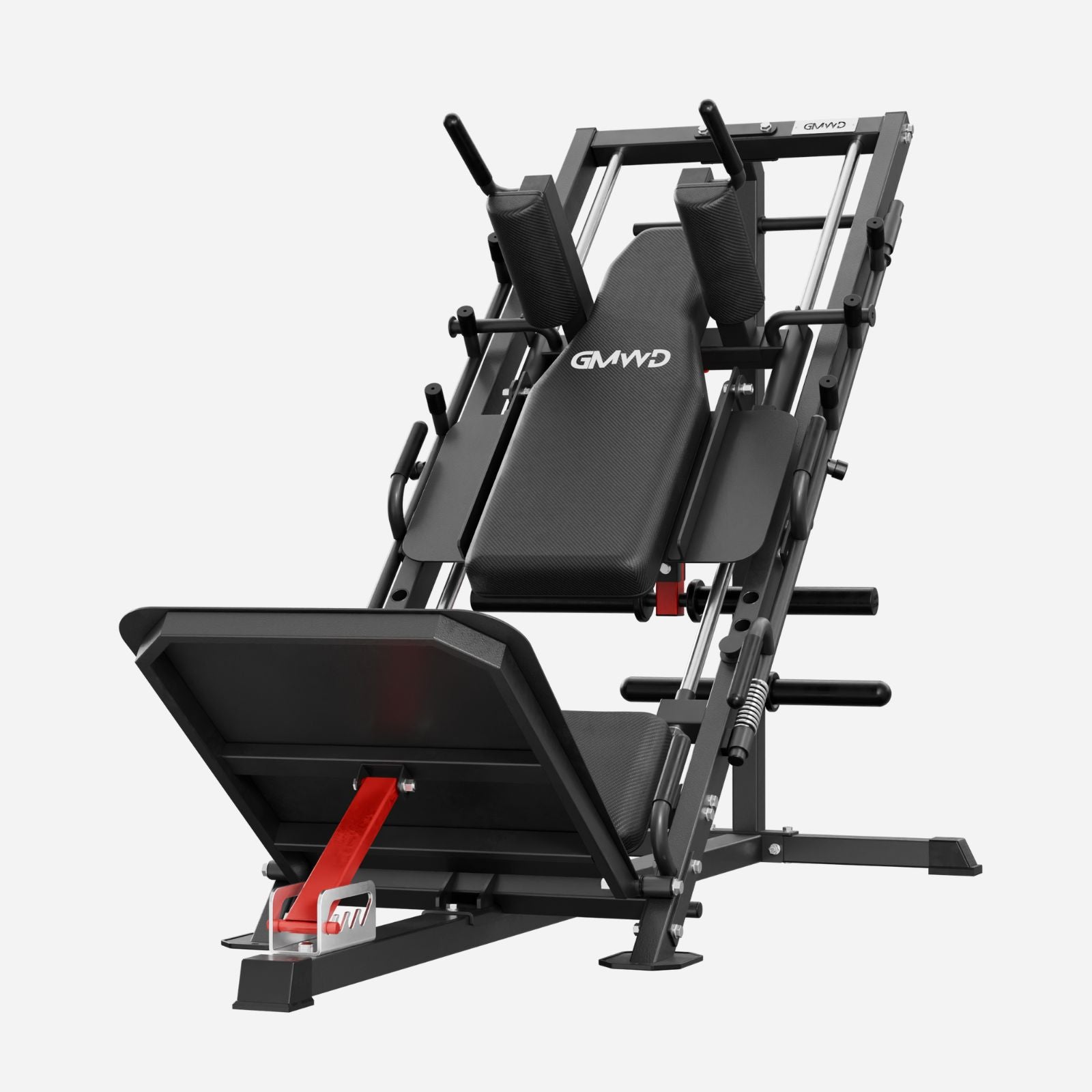
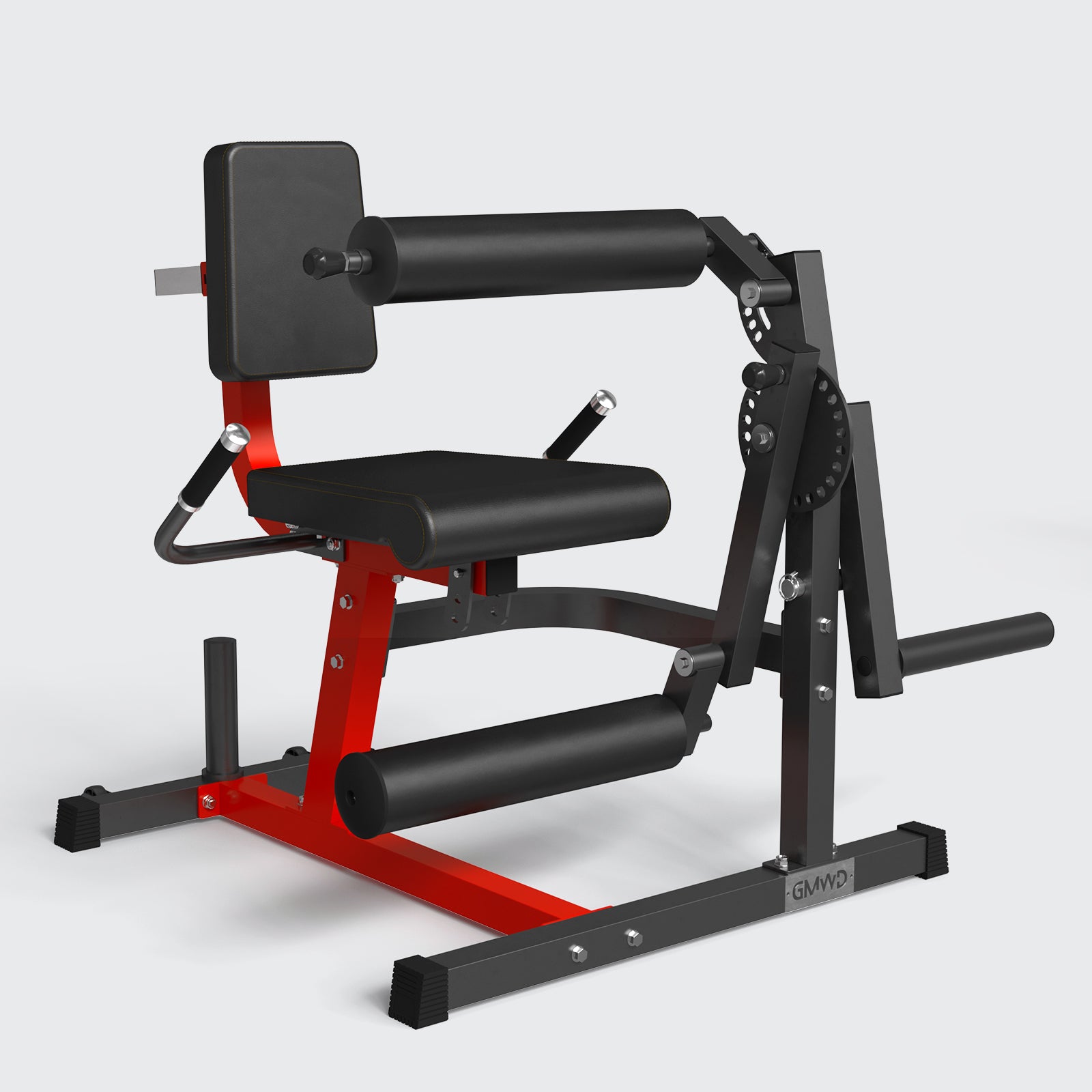
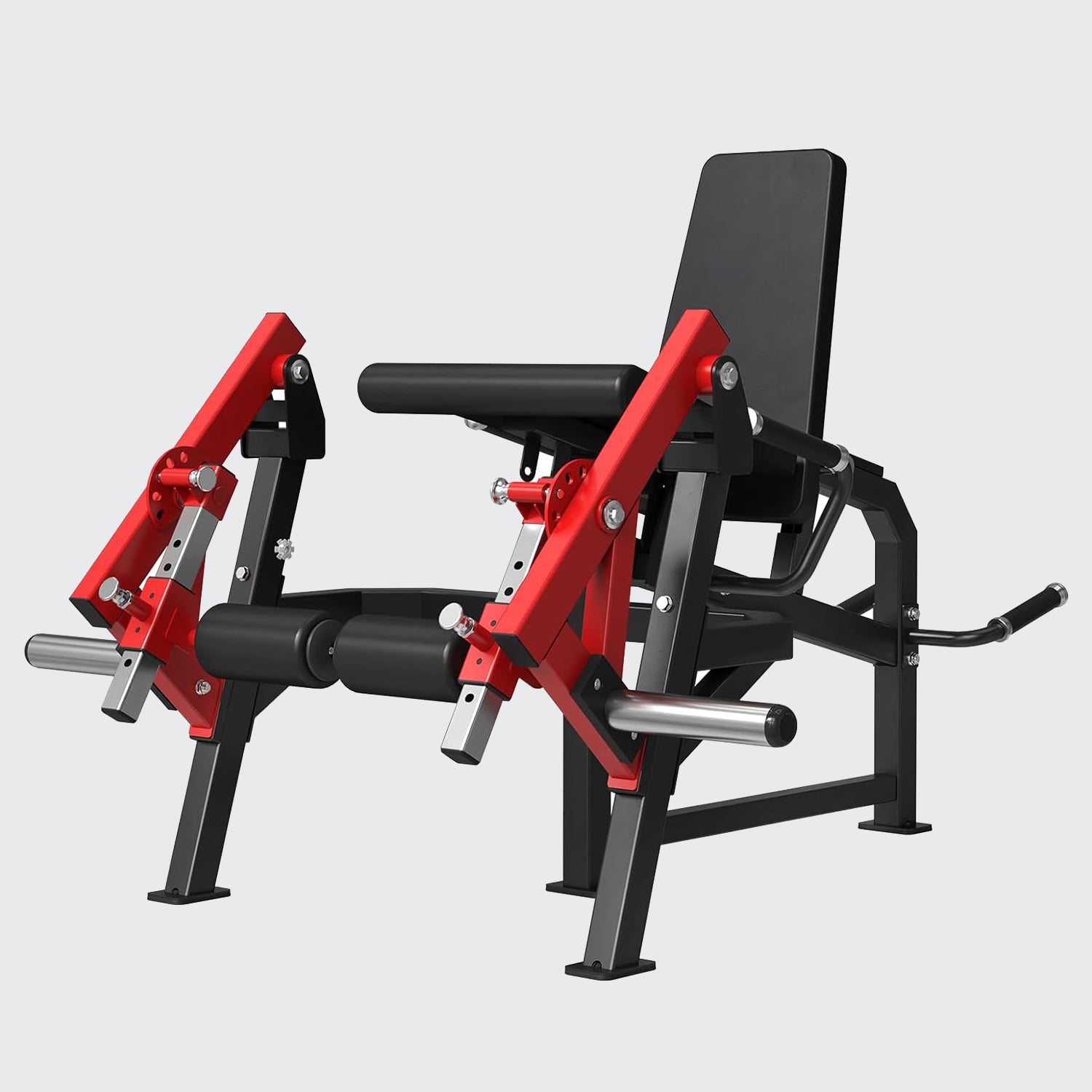
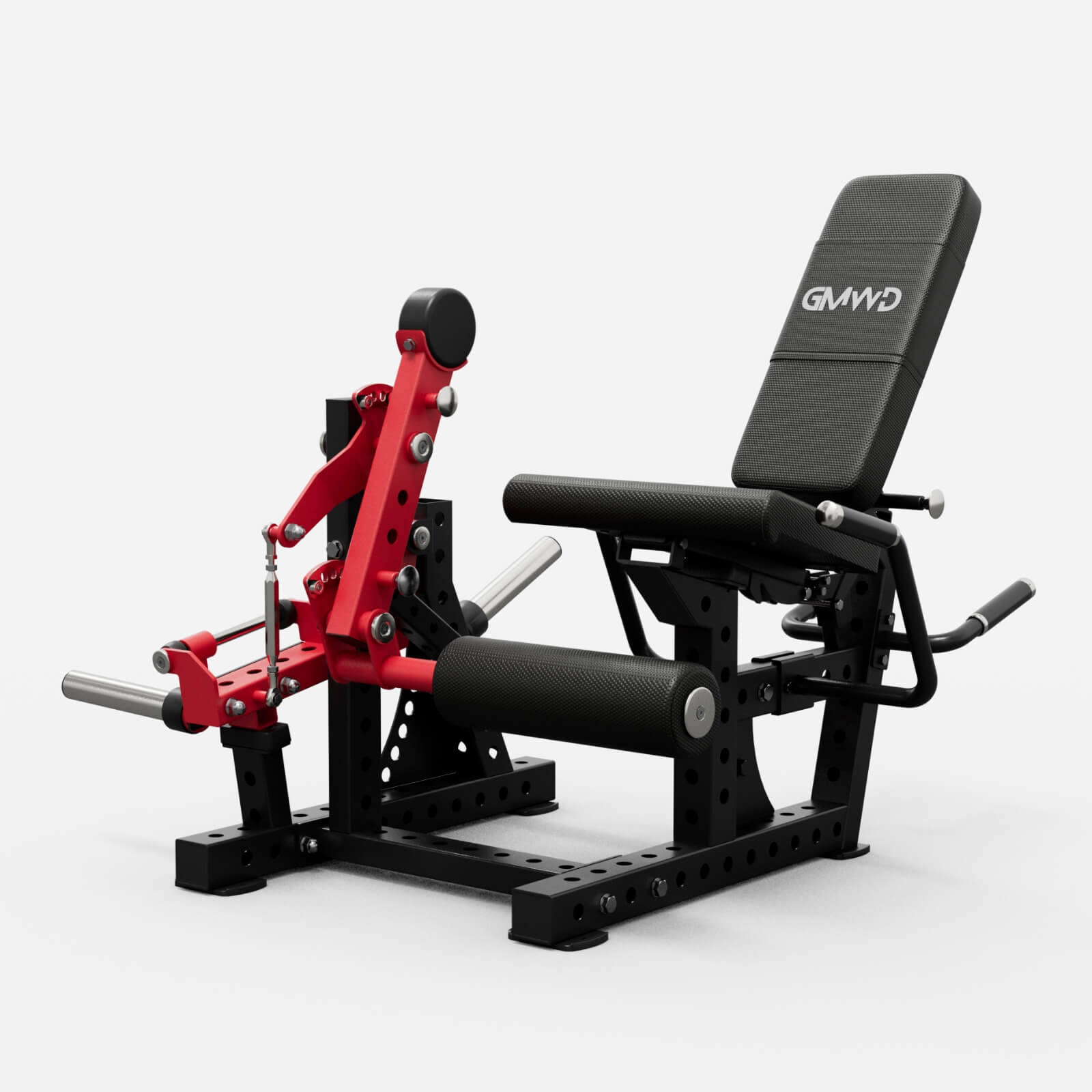
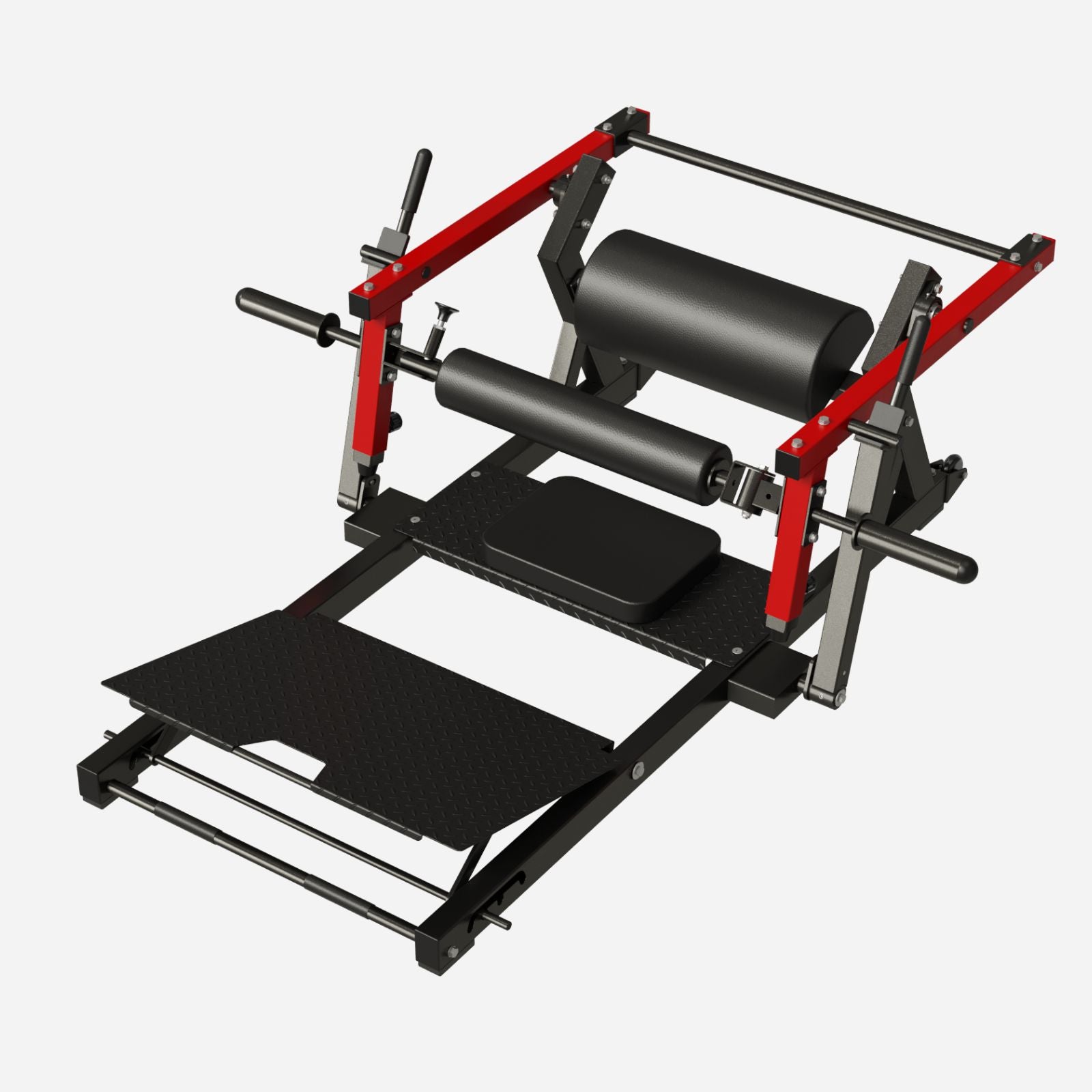

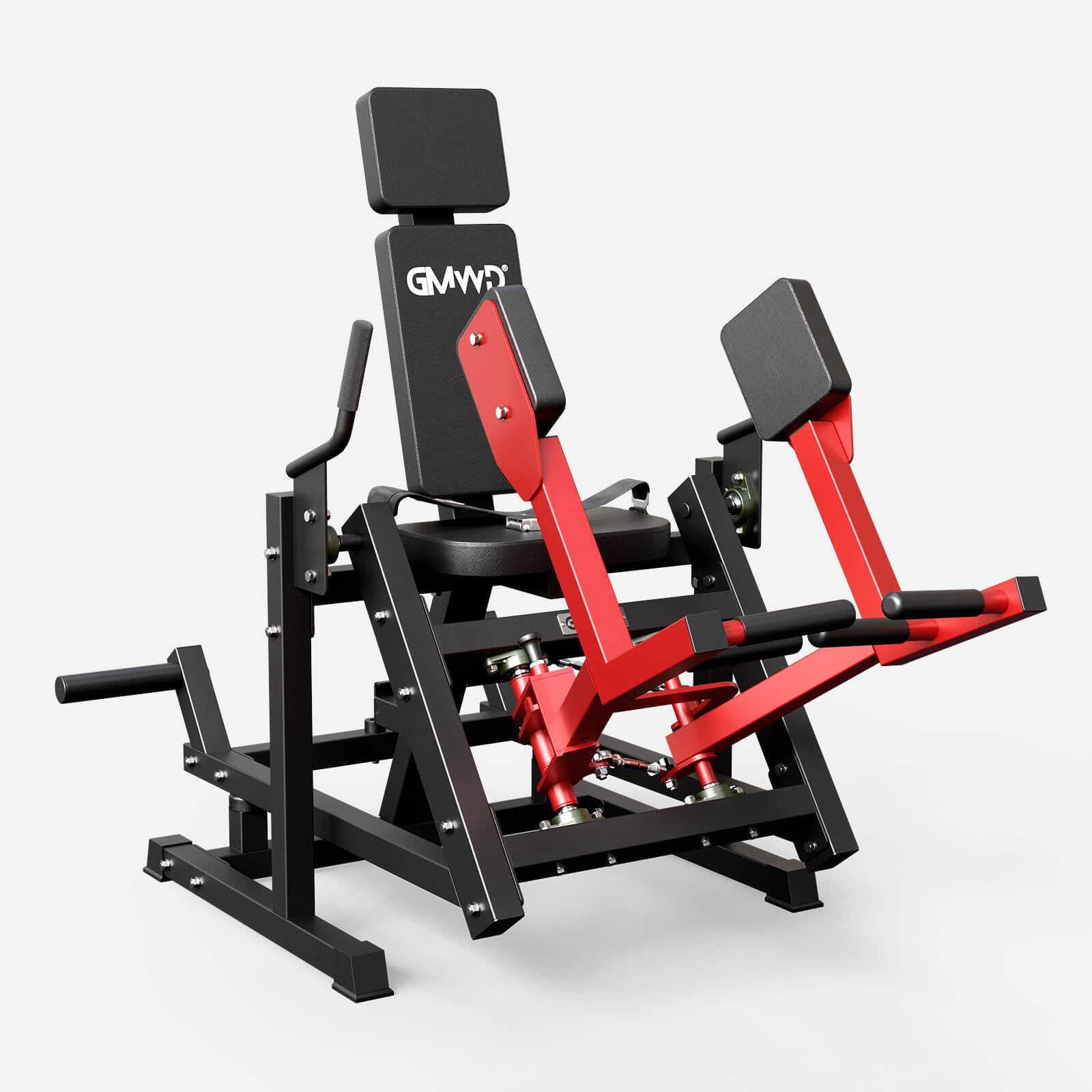
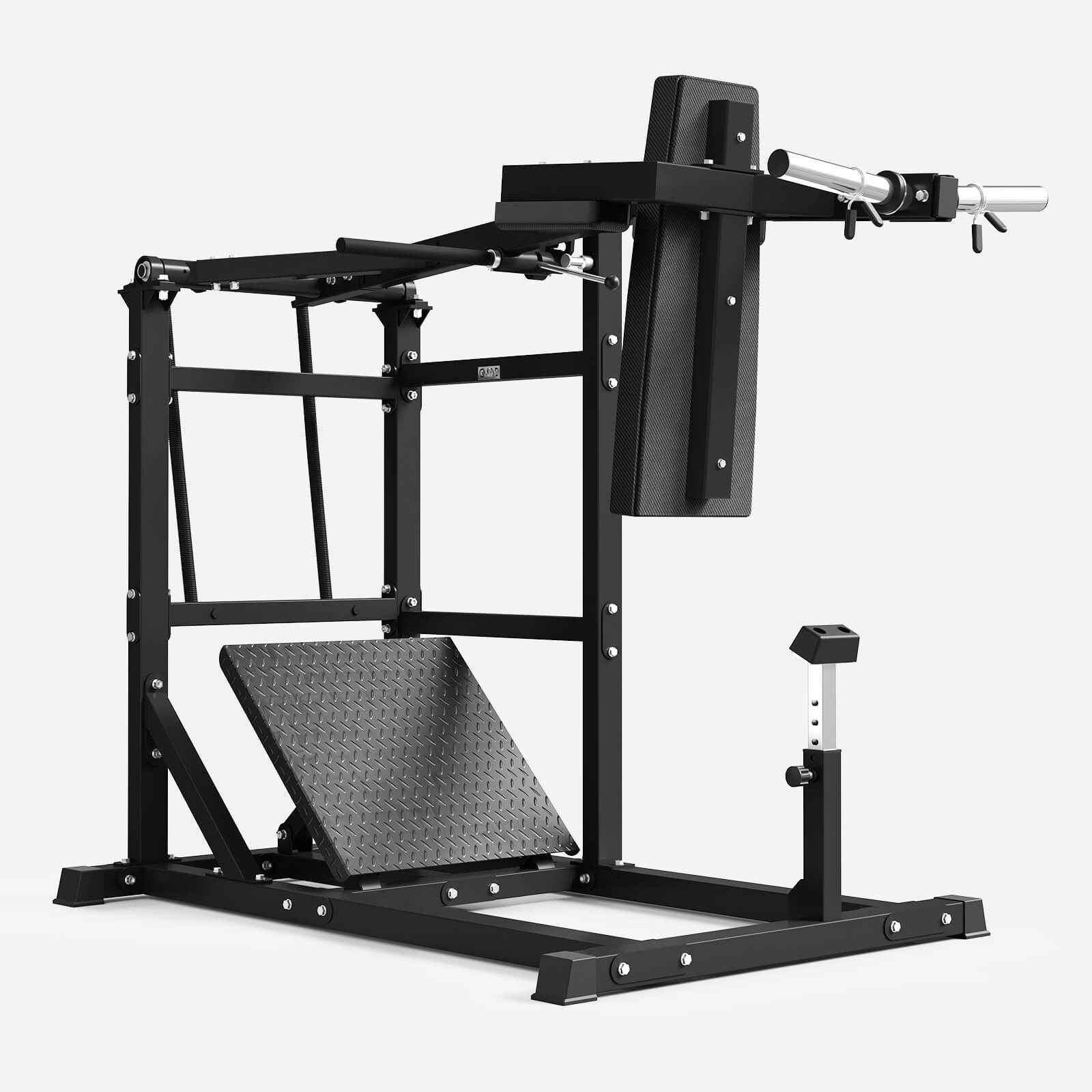
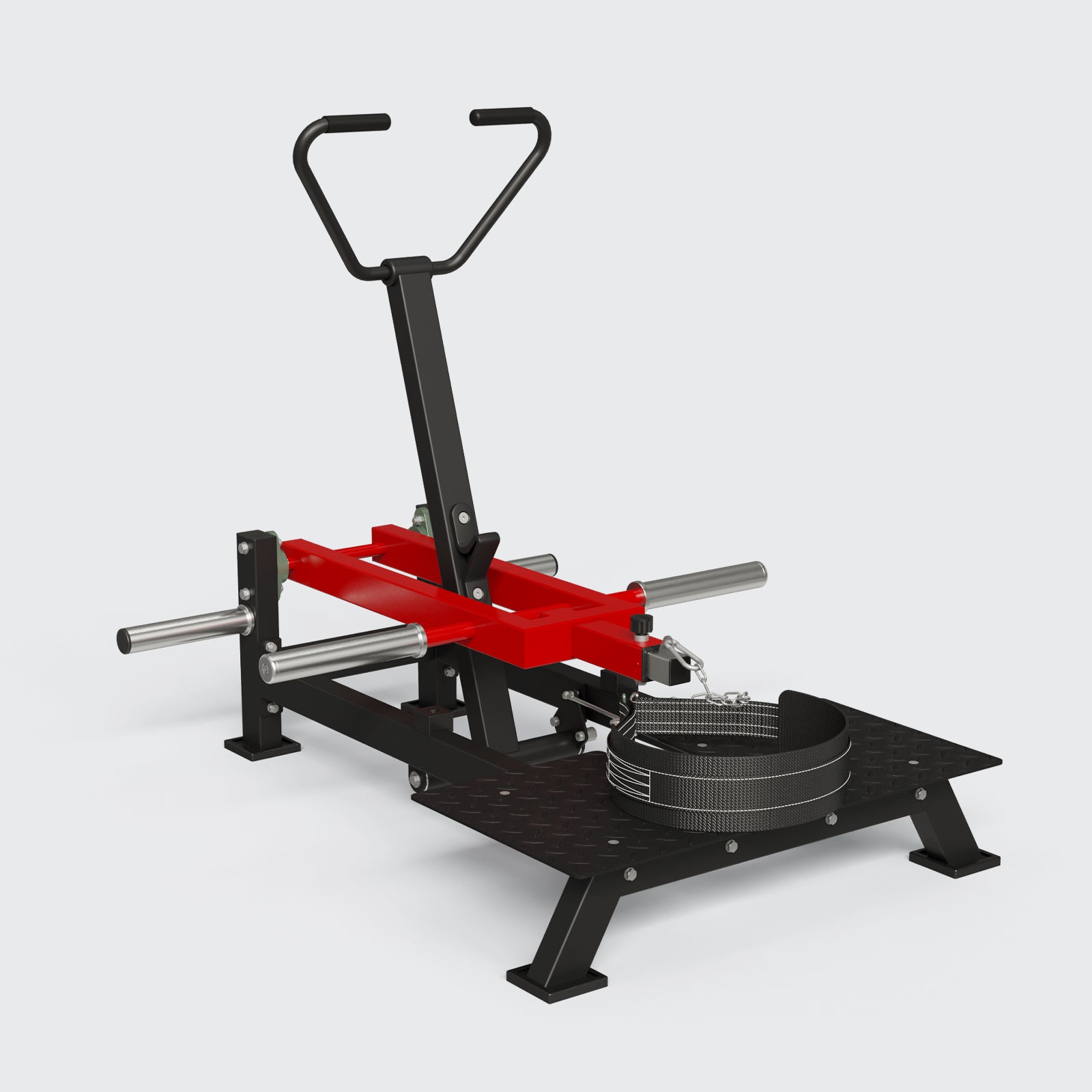
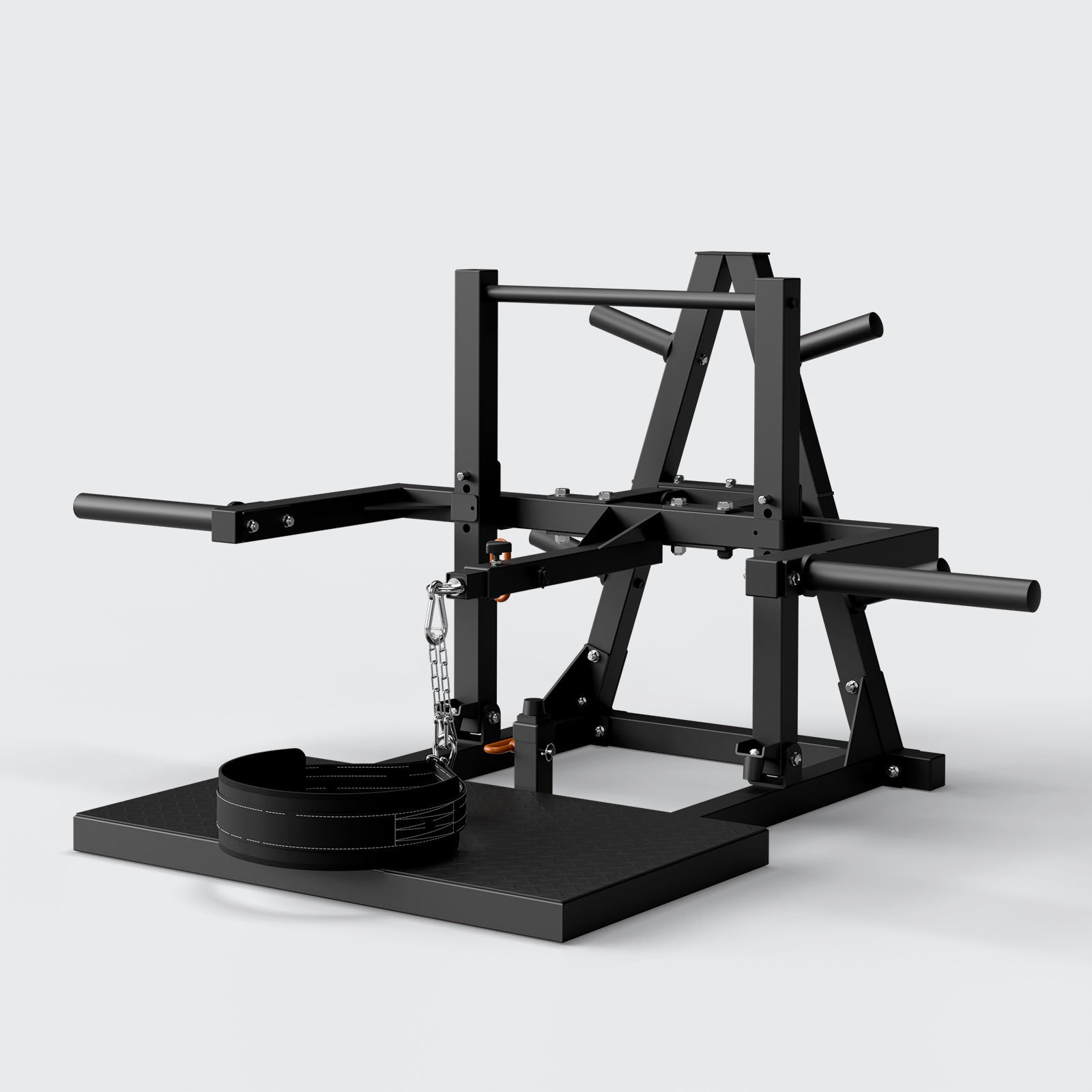

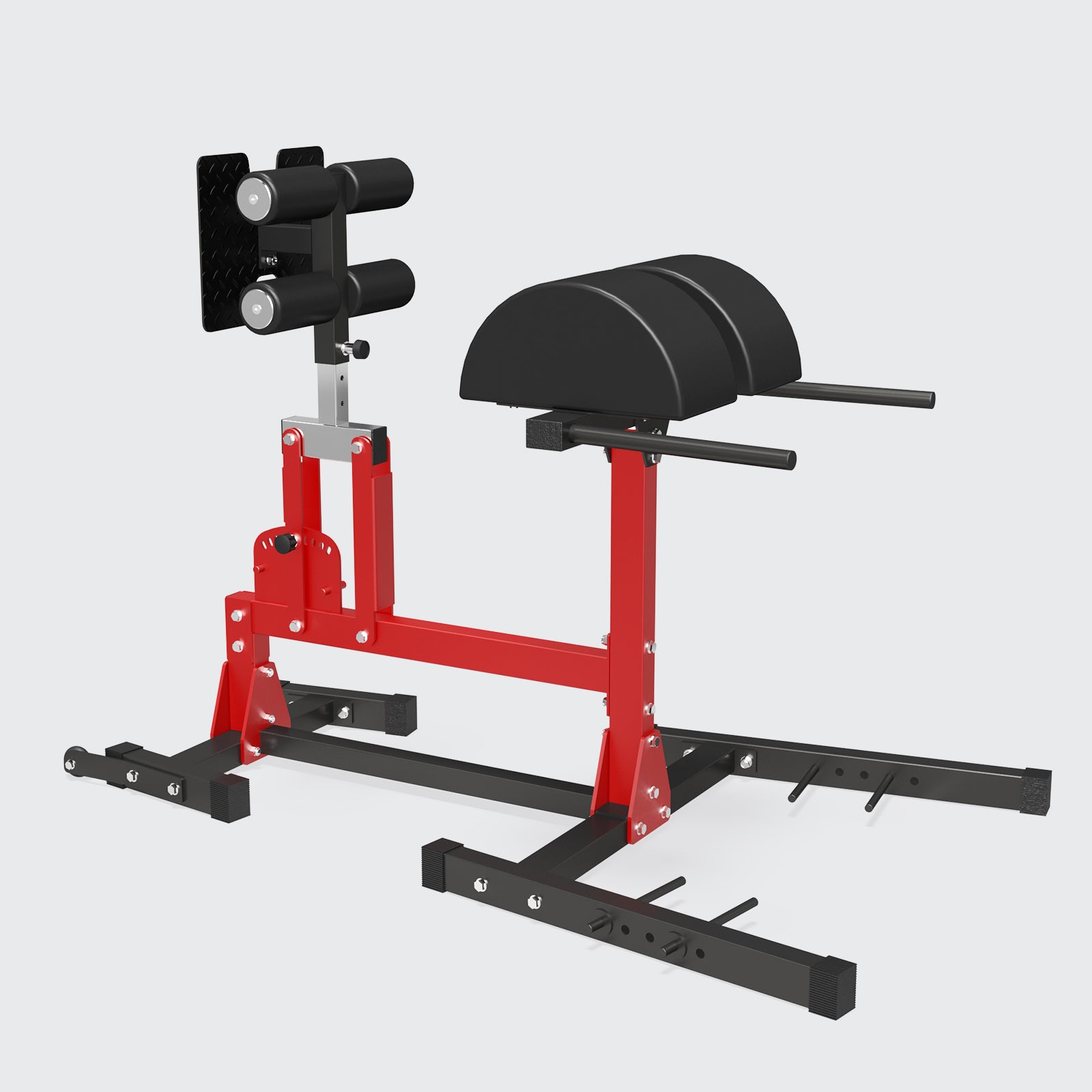
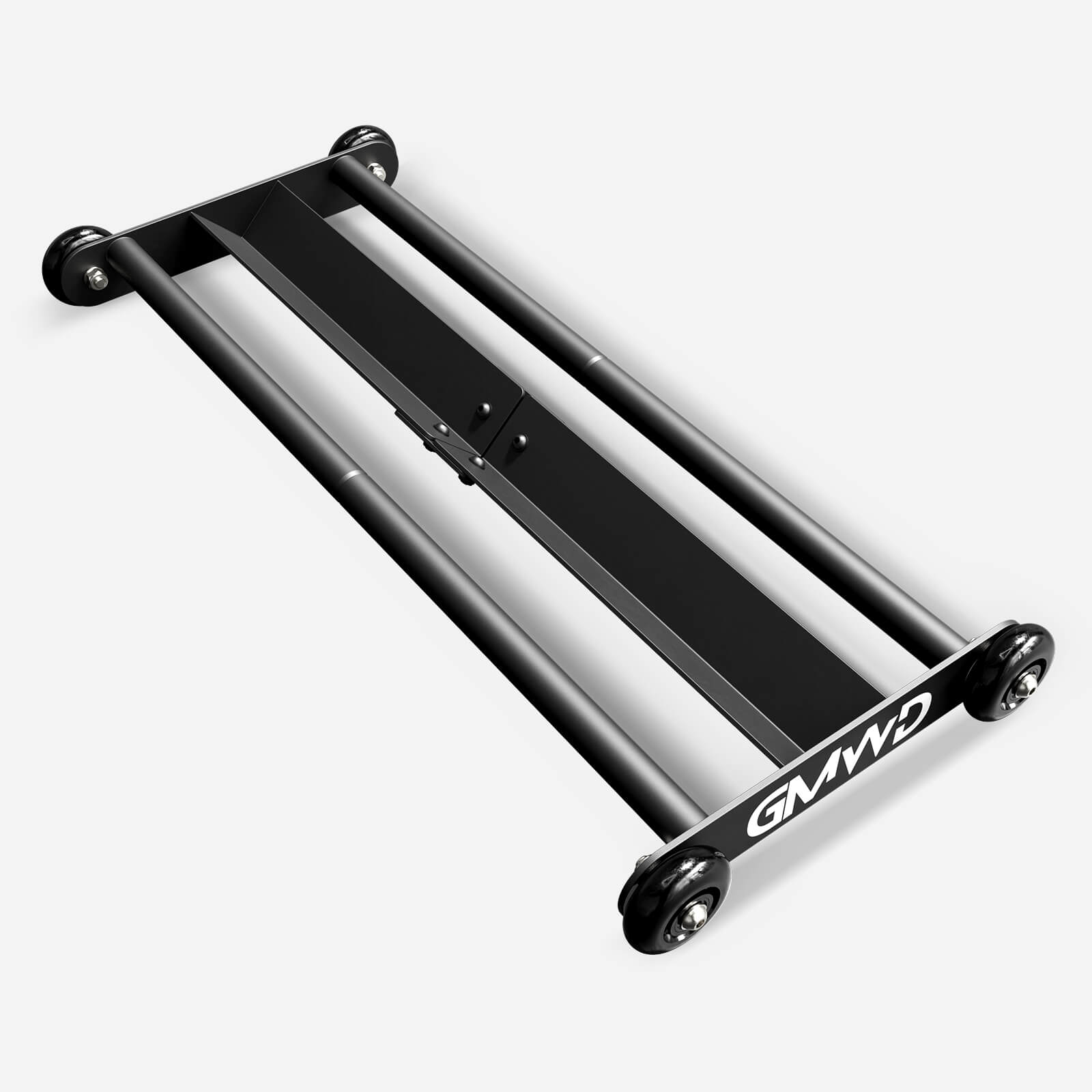
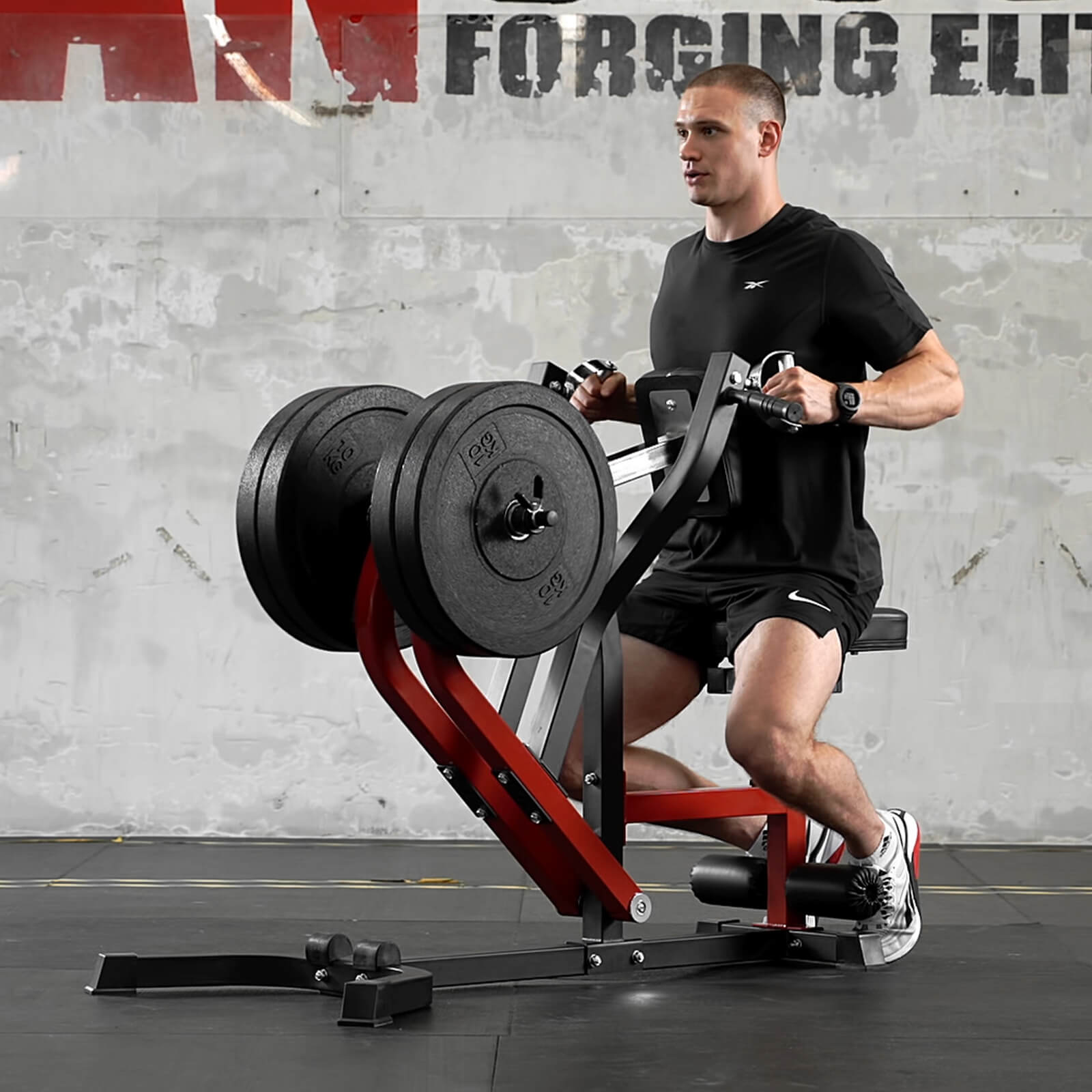
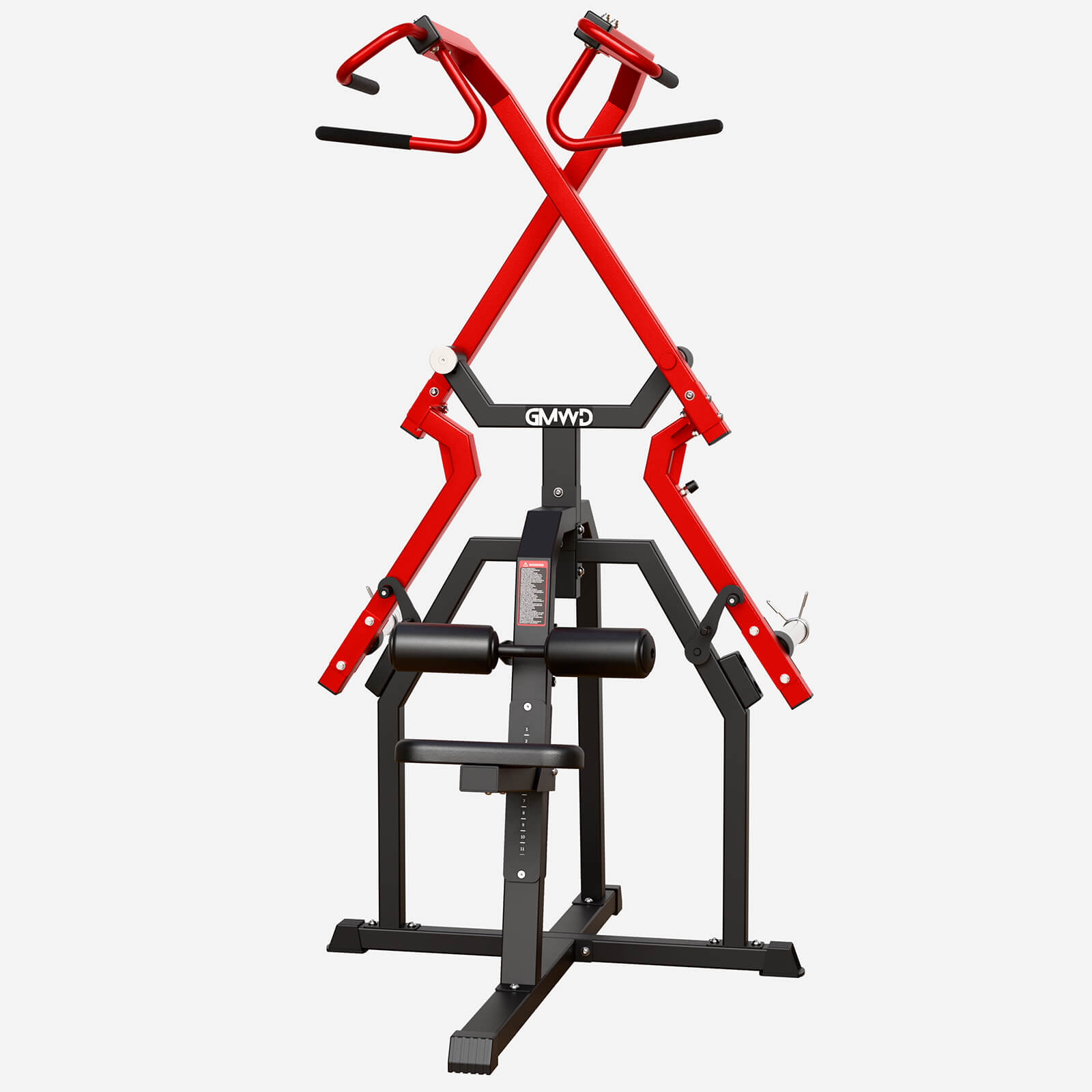
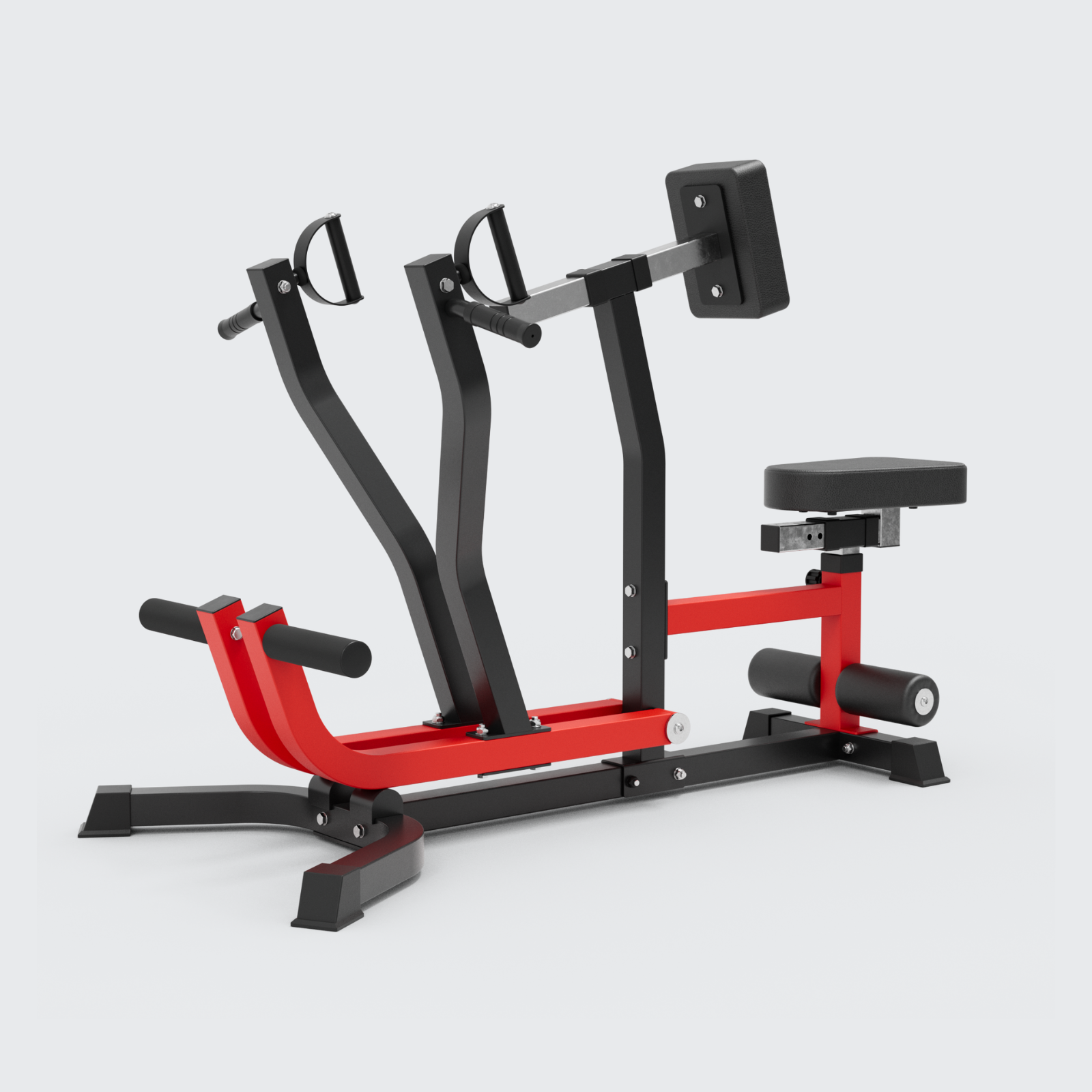
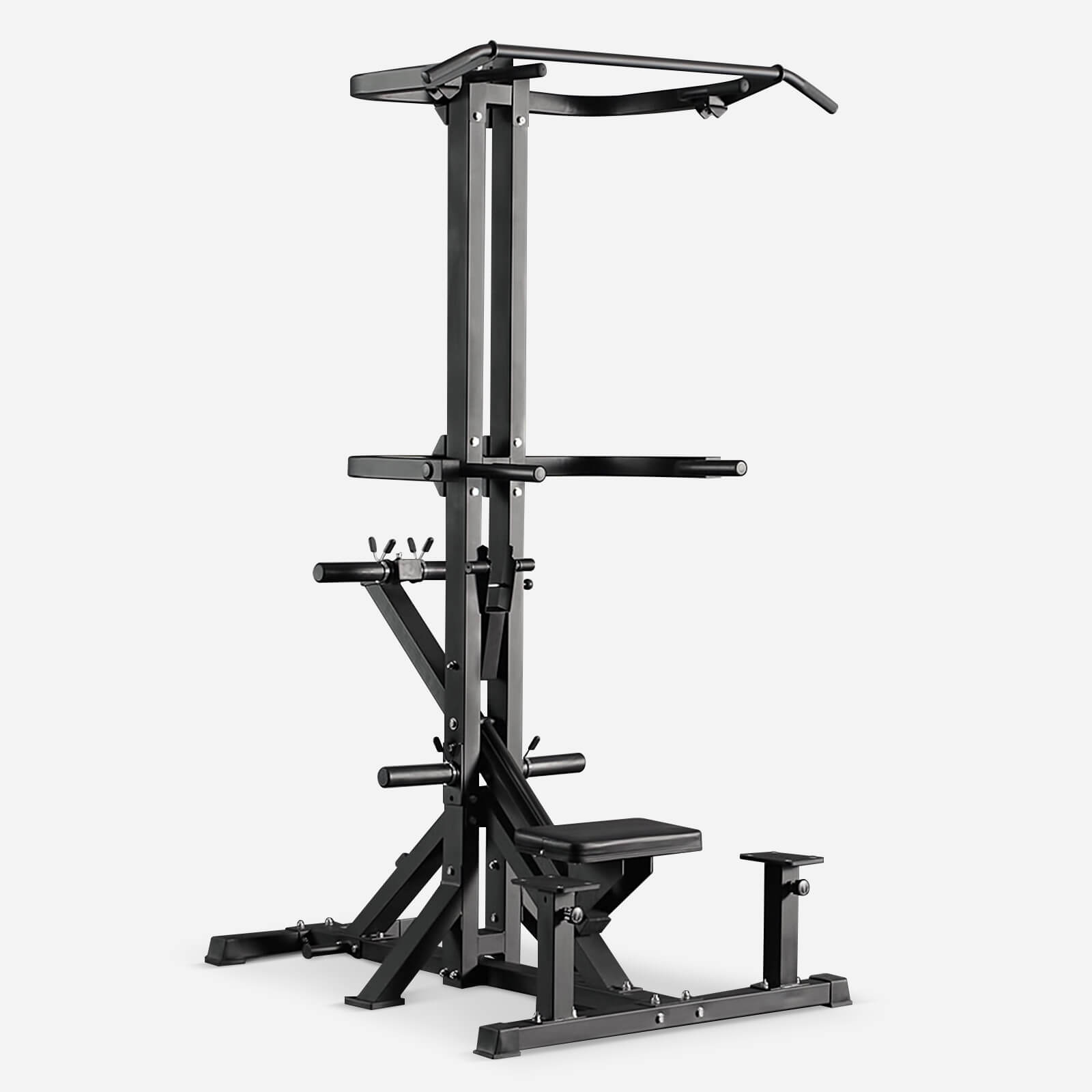


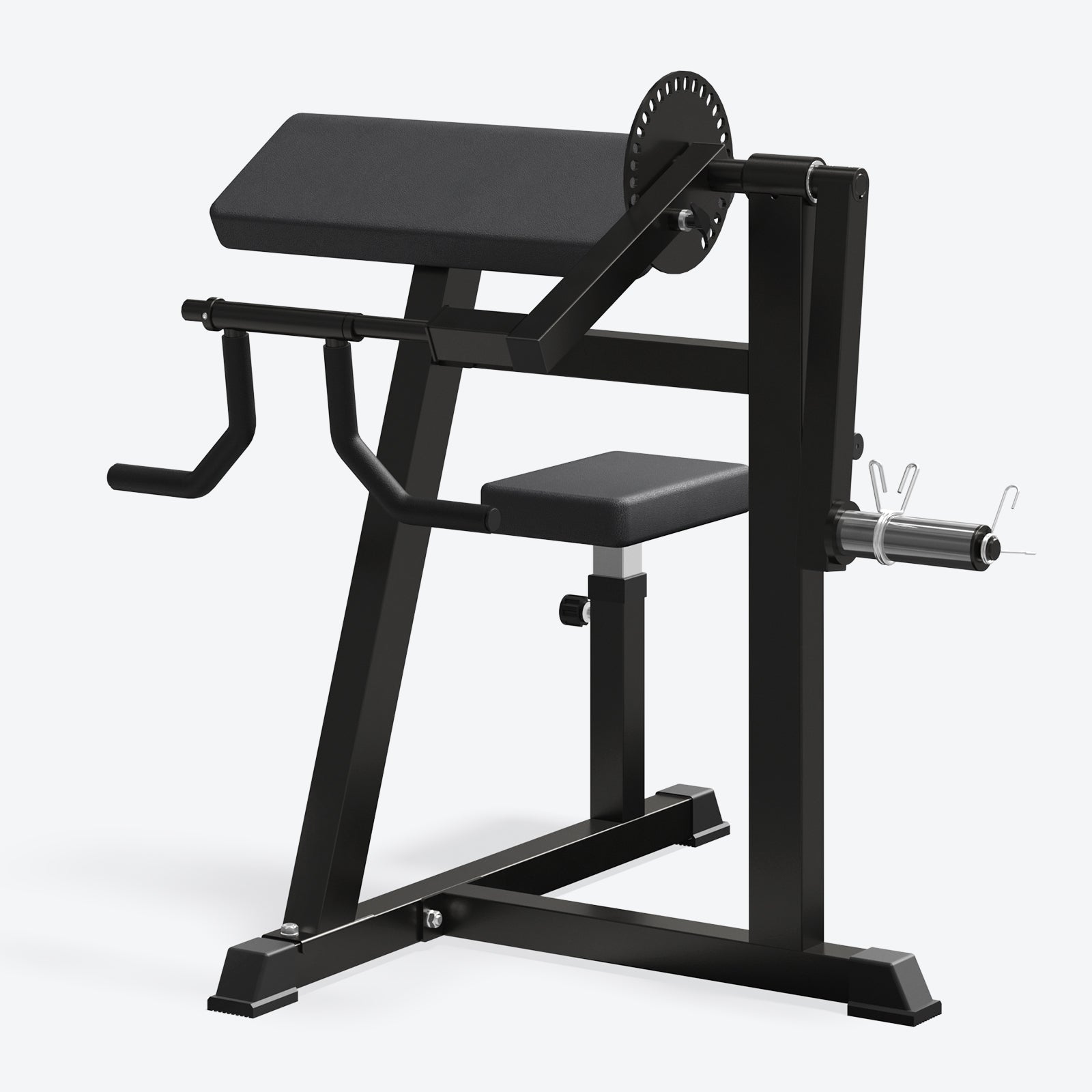
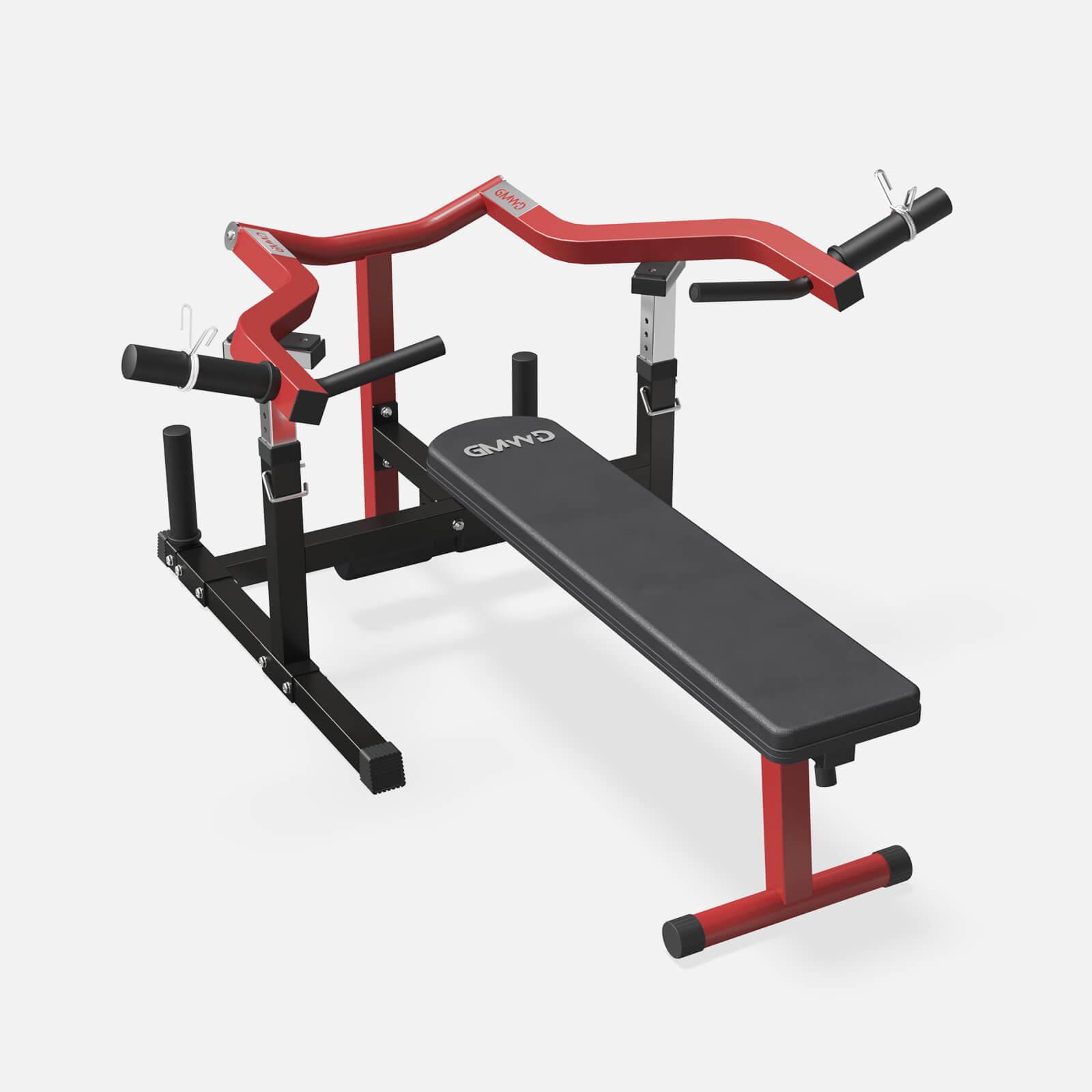
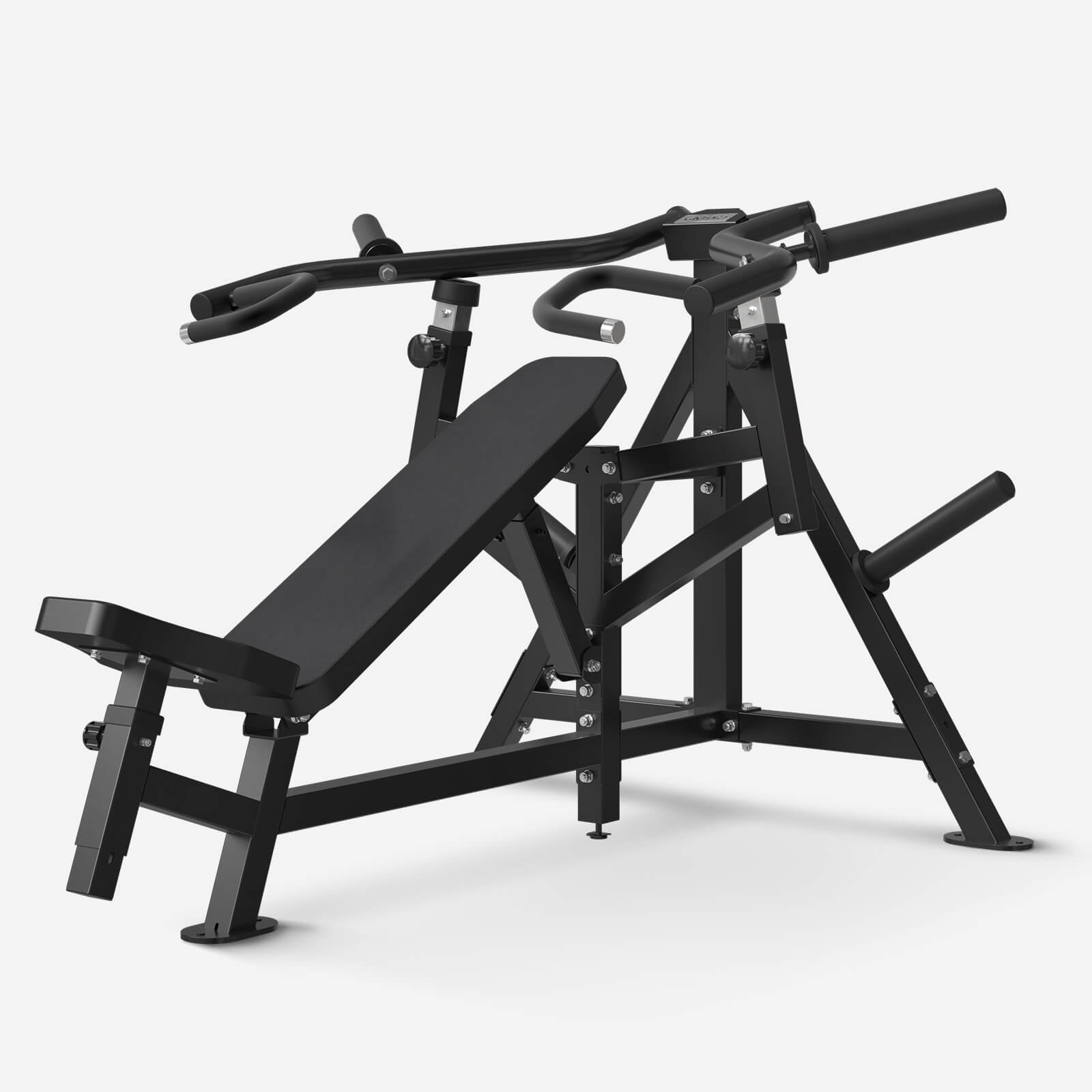
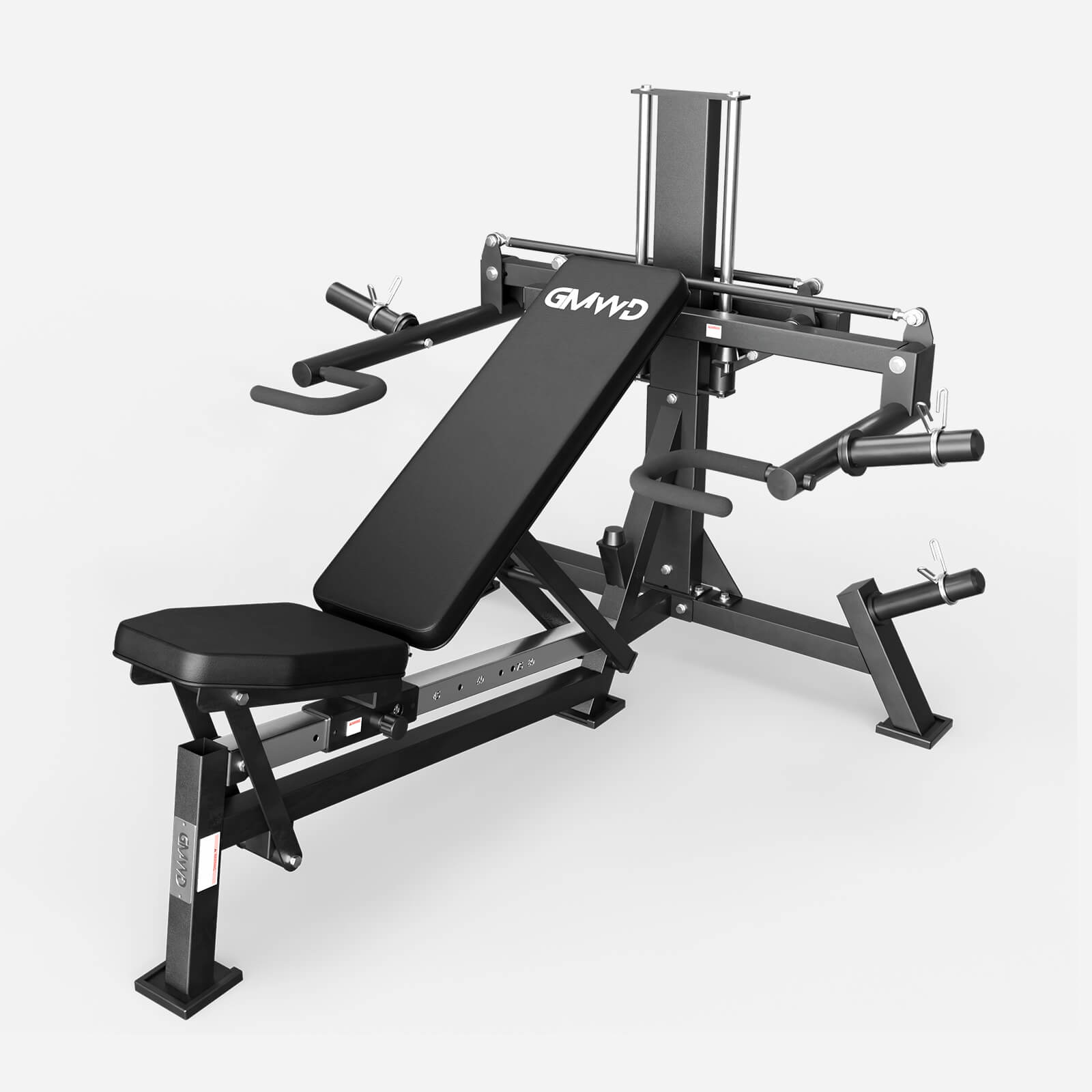
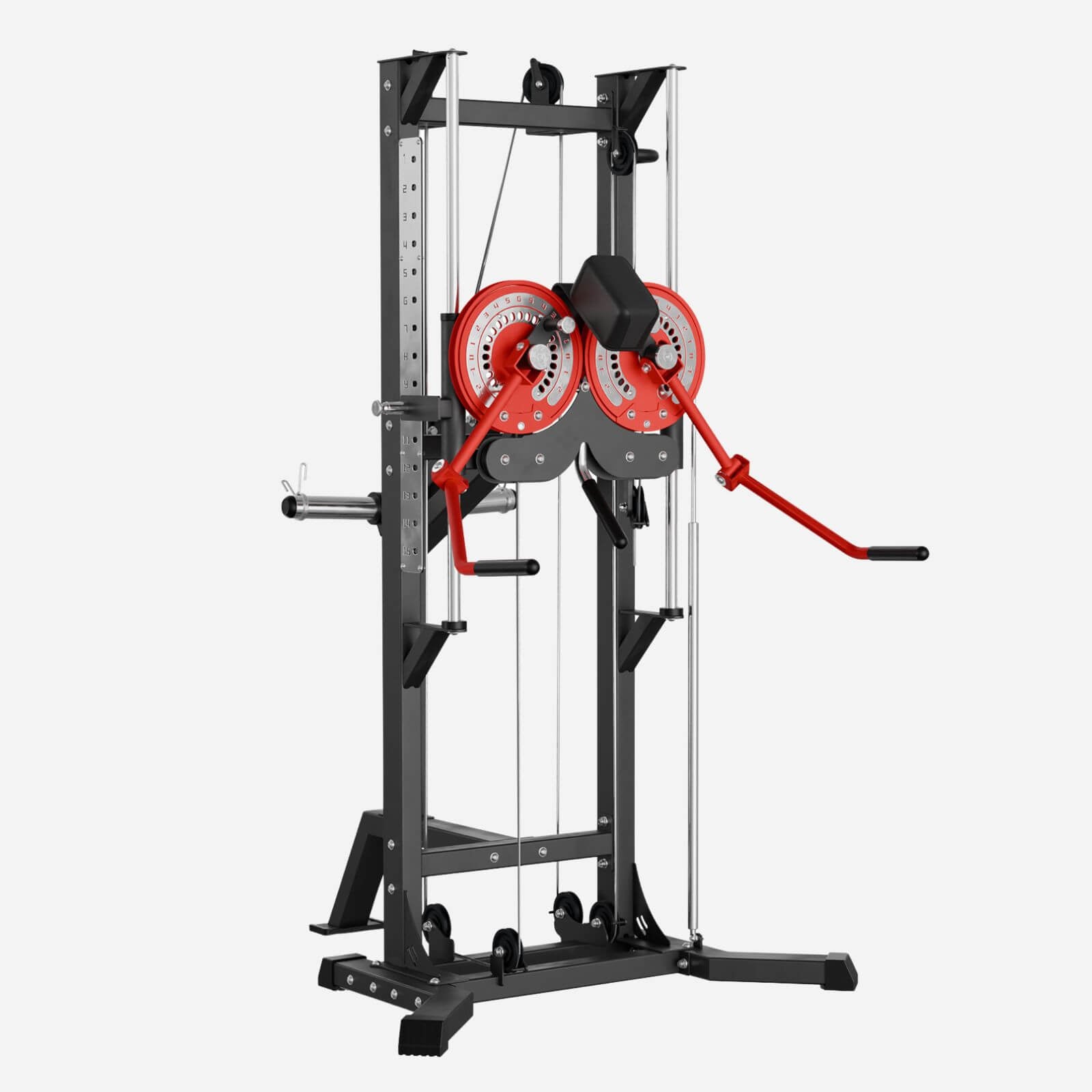
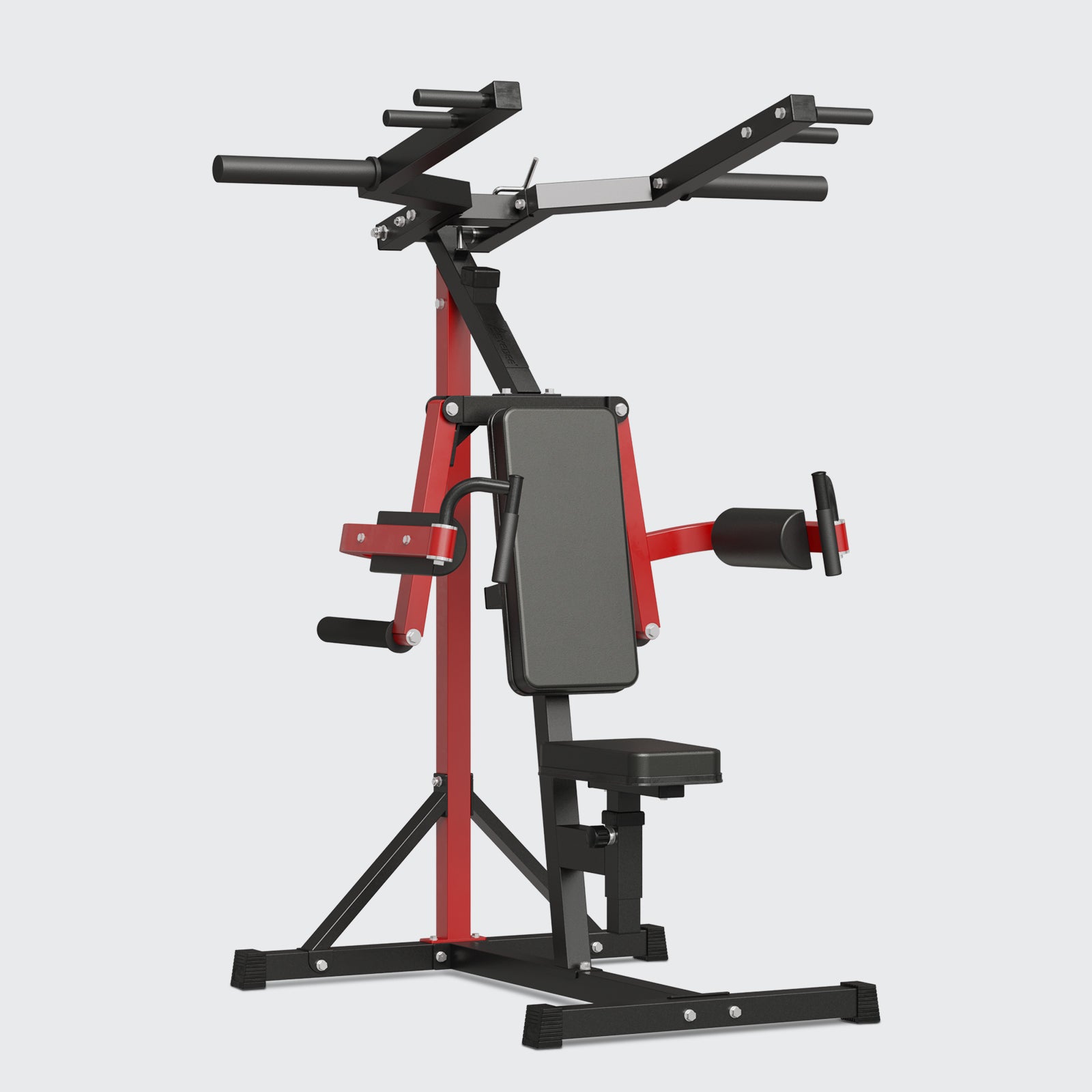
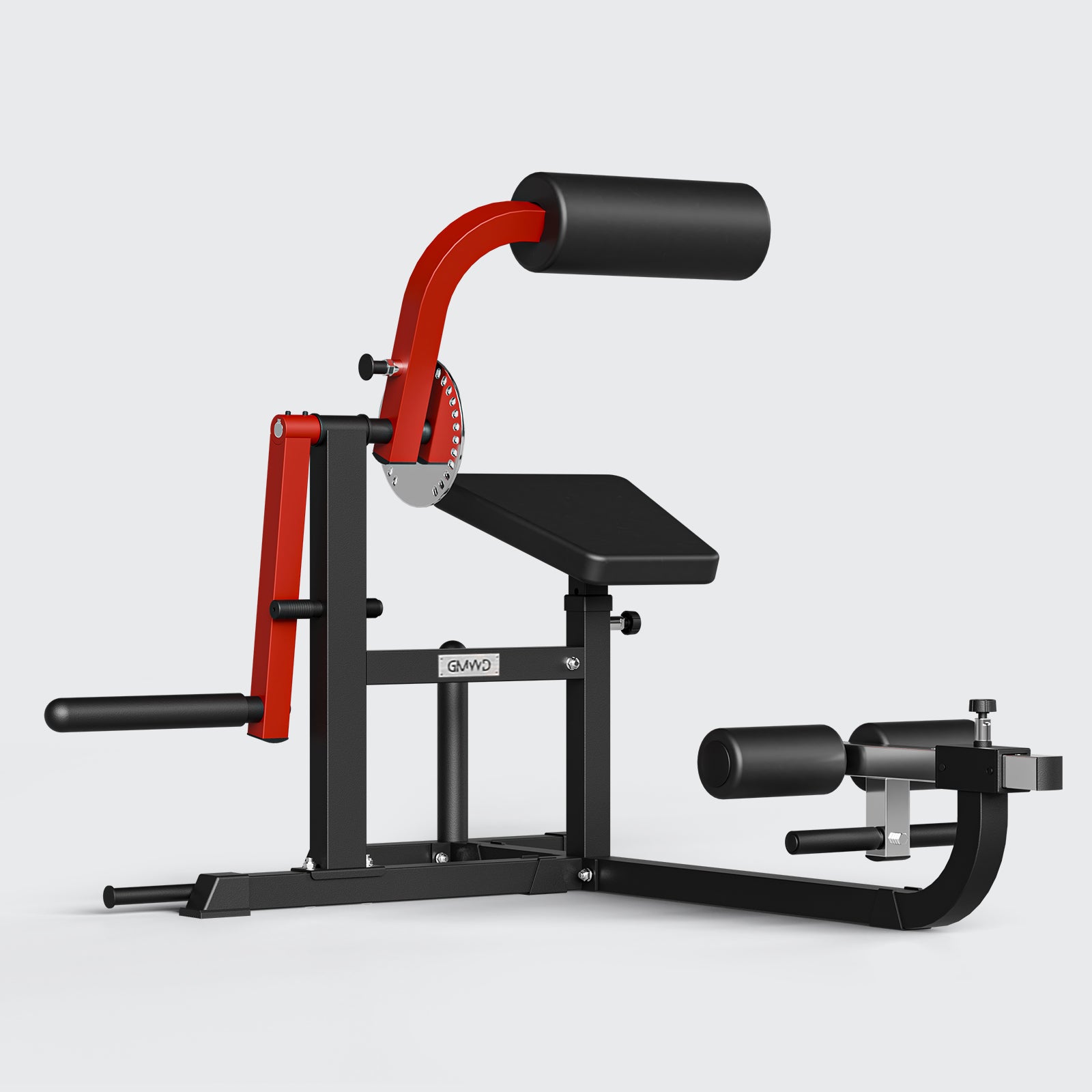
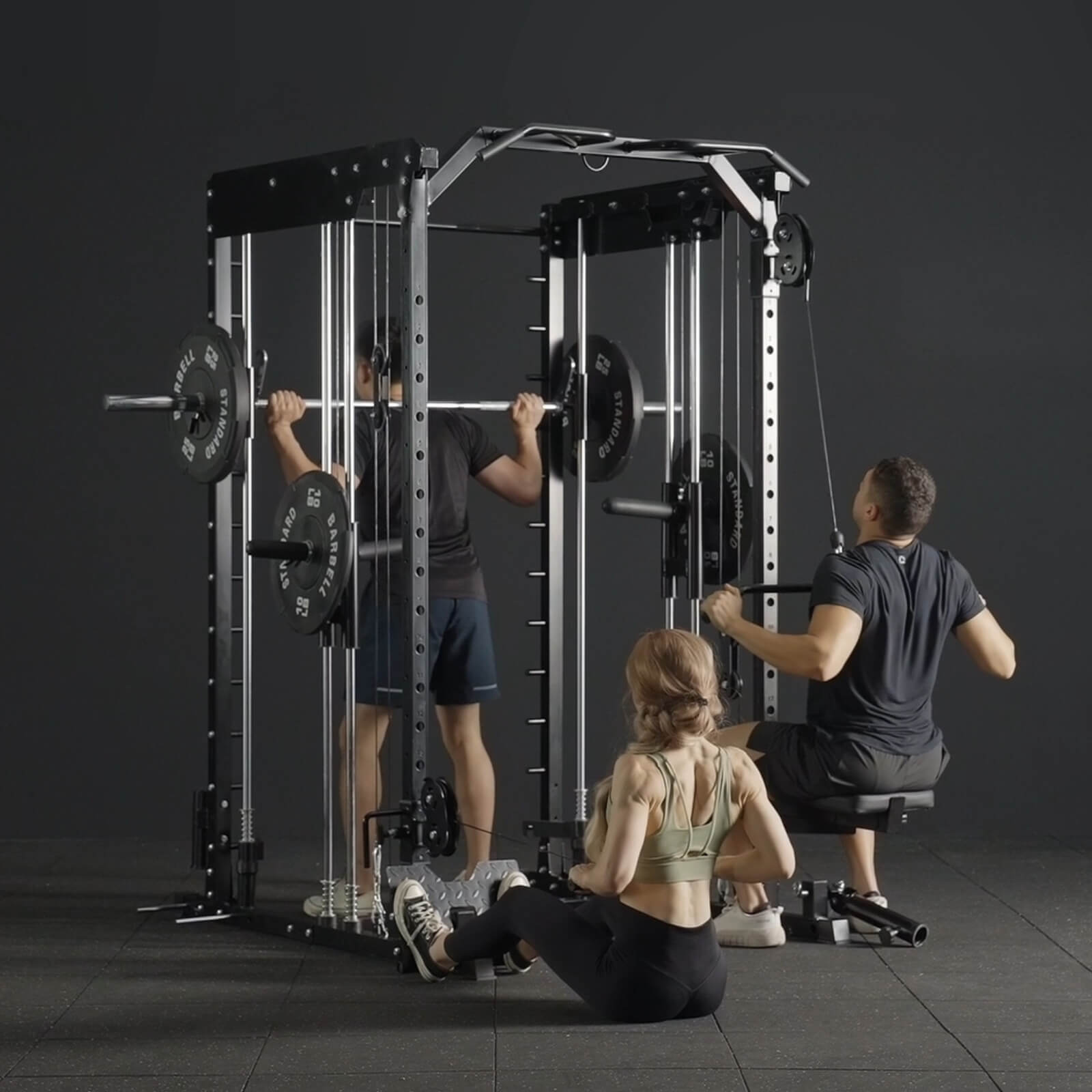
Leave a comment
All comments are moderated before being published.
This site is protected by hCaptcha and the hCaptcha Privacy Policy and Terms of Service apply.